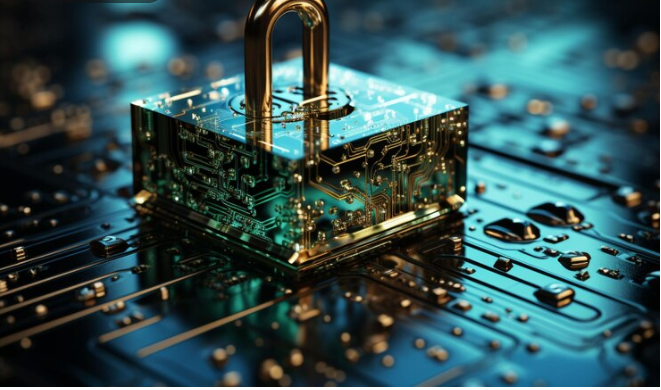
Introduction to the Internet of Things (IoT) and Its Growth
The Internet of Things (IoT) is transforming how we live, work, and engage with our surroundings. From smart homes and wearable health devices to industrial automation and smart cities, IoT devices are increasingly becoming an integral part of our daily lives. According to Statista, the number of IoT devices worldwide is expected to reach 30.9 billion by 2025. This exponential growth highlights both the potential and the challenges associated with a hyper-connected world.
The Importance of Cybersecurity in the Age of IoT
As IoT devices proliferate, so do the potential entry points for cyber threats. Each connected device represents a node in a vast network, and any vulnerability can be exploited by malicious actors. This makes cybersecurity not just a technical necessity but a critical issue that impacts everyone from general consumers to IT professionals managing complex systems. Without robust cybersecurity measures, the benefits of IoT can quickly turn into significant risks, affecting privacy, safety, and even national security.
Key Cybersecurity Threats to Connected Devices
Understanding the threats is the first step in building a robust defense strategy. Here are some of the most pressing cybersecurity threats facing IoT devices today:
1. Unauthorized Access
Many IoT devices come with default usernames and passwords that users often forget to change, making them easy targets for hackers. Once inside, attackers can manipulate the device or use it as a gateway to infiltrate broader networks.
2. Data Breaches
IoT devices often collect and transmit sensitive data, including personal information, health records, and financial details. Inadequate encryption or insecure communication channels can lead to severe data breaches.
3. Malware and Ransomware
Cybercriminals are developing sophisticated malware and ransomware specifically designed to target IoT devices. These malicious programs can disable devices, steal data, or demand ransom payments to restore functionality.
4. Distributed Denial of Service (DDoS) Attacks
Compromised IoT devices can be used to launch DDoS attacks, overwhelming networks and causing widespread disruption. The Mirai botnet attack in 2016 is a notorious example, where thousands of infected IoT devices were used to take down major websites.
Best Practices for Protecting Your IoT Devices
Given the diverse range of IoT devices, there is no one-size-fits-all approach to cybersecurity. However, adopting the following best practices can significantly mitigate risks:
1. Change Default Settings
Always change default usernames and passwords to strong, unique credentials. Use multi-factor authentication (MFA) where possible.
2. Regular Updates
Ensure that all IoT devices and associated software are regularly updated to the latest versions to patch known vulnerabilities.
3. Network Segmentation
Keep IoT devices on a separate network from critical systems and sensitive data. This minimizes the impact of a potential breach.
4. Monitor and Audit
Regularly monitor network traffic for unusual activity and audit your devices to ensure they comply with security policies.
5. Educate Users
User awareness is a crucial component of cybersecurity. Educate everyone in your household or organization about the risks and best practices related to IoT devices.
The Role of Encryption and Secure Networks

Encryption is a cornerstone of IoT security. It ensures that data transmitted between devices and servers remains confidential and tamper-proof. Using secure communication protocols like HTTPS and employing end-to-end encryption can protect data from interception and unauthorized access.
Additionally, secure networks are essential. Implementing Virtual Private Networks (VPNs), firewalls, and intrusion detection systems can add multiple layers of security, making it harder for attackers to penetrate your defenses.
The Future of Cybersecurity in IoT
As technology evolves, so will the methods employed by cybercriminals. Future advancements in artificial intelligence (AI) and machine learning (ML) will play a crucial role in identifying and mitigating cyber threats in real-time. Blockchain technology also holds promise for enhancing IoT security by providing immutable records and decentralized authentication.
Governments and regulatory bodies are also expected to introduce more stringent cybersecurity standards and compliance requirements, ensuring that manufacturers and users alike take security seriously.
Conclusion and Call to Action
The age of IoT offers immense opportunities for innovation and efficiency, but it also brings significant cybersecurity challenges. As we continue to integrate IoT devices into our lives and businesses, it is imperative to adopt robust cybersecurity measures to protect against evolving threats.
Stay informed by keeping up with daily cybersecurity news and incorporate best practices to safeguard your connected devices. Whether you are a general consumer or an IT professional, your proactive efforts will play a crucial role in securing the future of IoT.